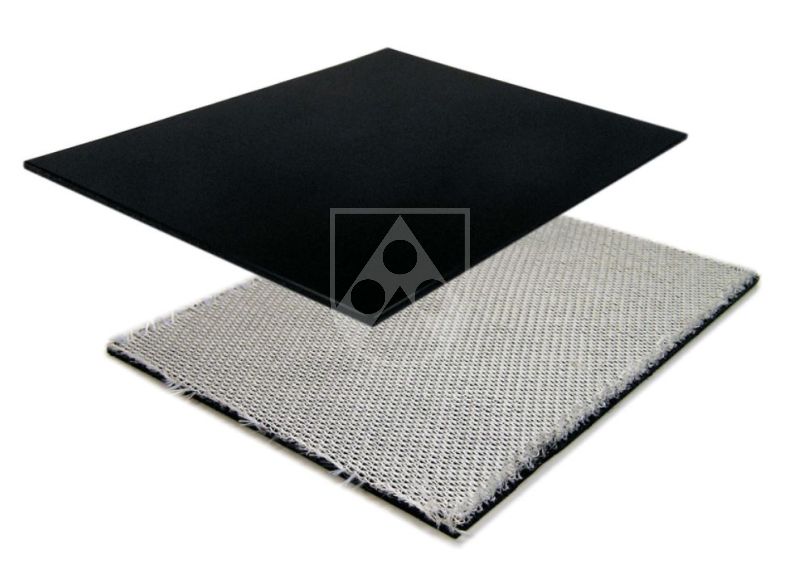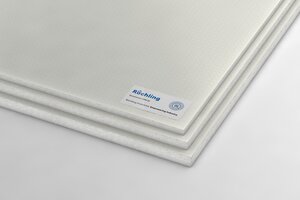ESD-Plastics for safety
Röchling offers a comprehensive range of ESD materials: A favourite experiment in the physics lesson is one where an electrostatic charge is applied to plastic film by means of friction. Likewise, in many areas of industry plant parts can be charged electrostatically by means of friction. When these voltages discharge, humans may be at risk or in areas prone to fire risk dust and gases may be ignited by sparkovers. Static charges may also be the cause of electromagnetic faults on sensitive equipment. Electrically conductive and antistatic plastics can help here.
Plastics with defined electrically conductive properties can dissipate electrostatic charges controlledly and lastingly. They are used in many areas of industry, such as the electronics and semi-conductor industry, ventilation, ventilator and pump construction, medical technology, the chemical and pharmaceutical industry, grain mills and other industries where bulk goods generate dust, the handling of flammable liquids and gases, e.g. at petrol stations, at airports and gas plants, the paper industry, fabric or film manufacture or mining. Thanks to its very many and varied property profiles the Röchling product range offers the highest level of safety for these applications.
If a discharge generates the necessary ignition energy in potentially explosive environments, known as EX zones, sparks may be discharged and the explosive materials thus ignited. The European ATEX (from French "ATmosphère EXplosive") directive 94/9/EC contains regulations for the use of components and systems in potentially explosive environments.
A human feels electrostatic discharges as a short electric shock only from 3000 volts up. Component parts used in the electronics and semi-conductor industry are much more sensitive. Even discharges of considerably less than 100 volts can affect or even destroy sensitive component parts (ESDS= electrostatic discharge sensitive devices). The result is lasting damage to or immediate failure of the component part. Materials coming into contact with such sensitive electronic components must therefore have electrically dissipative properties.
Röchling Industrial offers areas of industry which make use of the electrical conductivity of plastics a wide range of technical and high performance plastics. As well has "conventional" properties like outstanding chemical resistance, very high sliding properties or high abrasion resistance, flame retardant or self-extinguishing characteristics or suitability for use at high temperatures, they also have a specified electrical property - from antistatic to conductive.













